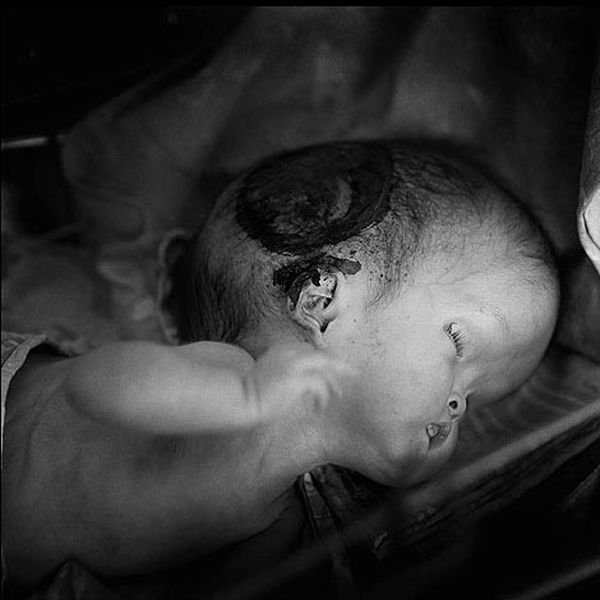|
|
Chernobyl Legacy Reportage By Paul Fusco
|
The conditions to run the test were established prior to the day shift 25 April 1986. The day shift workers had been instructed in advance about the test and were familiar with procedures. A special team electrical engineers was present to test the new voltage regulating system. As planned, on 25 April a gradual reduction in the output the power unit was begun at 01:06 a.m., and by the beginning the day shift the power level had reached 50% its nominal 3200 MW thermal. At this point, another regional power station unexpectedly went f-line, and the Kiev electrical grid controller requested that the further reduction Chernobyl's output be postponed, as power was needed to satisfy the peak evening demand. The Chernobyl plant director agreed and postponed the test.
At 11:04 p.m., the Kiev grid controller allowed the reactor shut-down to resume. This delay had some serious consequences: the day shift had long since departed, the evening shift was also preparing to leave, and the night shift would not take over until midnight, well into the job. According to plan, the test should have been finalized during the day shift, and the night shift would only have had to maintain decay heat cooling systems in an otherwise shut-down plant; the night shift had very limited time to prepare for and carry out the experiment. Further rapid reduction in the power level from 50% was actually executed during the shift change-over. Alexander Akimov was chief the night shift, and Leonid Toptunov was the operator responsible for the reactor's operational regime, including the movement the control rods. Toptunov was a young engineer who had worked independently as a senior engineer for approximately three months.
The test plan called for the power output reactor 4 to be gradually reduced to 700–1000 MW thermal. The power level established in the test program (700 MW) was achieved at 00:05 on April 26; however, because the natural production in the core a neutron absorber, xenon-135, reactor power continued to decrease, even without further operator action. And as the power reached approximately 500 MW, Toptunov committed an error and inserted the control rods too far, bringing the reactor to a near-shutdown state. The exact circumstances will probably never be known, as both Akimov and Toptunov died from radiation sickness.
The reactor power dropped to 30 MW thermal (or less)—an almost completely shutdown power level that was approximately 5 percent the minimum initial power level established as safe for the test. Control-room personnel therefore made the decision to restore the power and extracted the reactor control rods, though several minutes elapsed between their extraction and the point that the power output began to increase and subsequently stabilize at 160–200 MW (thermal). In this case the majority control rods were withdrawn to their upper limits, but the low value the operational reactivity margin restricted any further rise reactor power. The rapid reduction in the power during the initial shutdown, and the subsequent operation at a level less than 200 MW led to increased poisoning the reactor core by the accumulation xenon-135. This made it necessary to extract additional control rods from the reactor core in order to counteract the poisoning.
|
|









